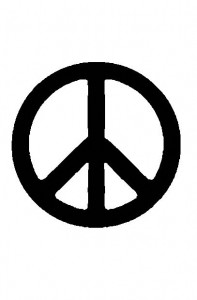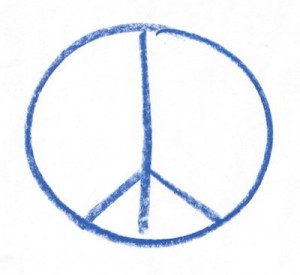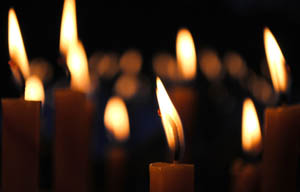 The world’s attention has recently been focused on acts of violence in France, Nigeria and the Middle East. These all warrant thought, research and discussion by students and teachers at our school. However, on a more base level I would like to address the fact that violent crimes abroad and at home seem to dominate our digital media. A stream of violent images sometimes contributes to the general sentiment that violence is growing all around us and that we are personally threatened and should be afraid. Is that true? Not at all! In fact, nothing could be further from the truth.
The world’s attention has recently been focused on acts of violence in France, Nigeria and the Middle East. These all warrant thought, research and discussion by students and teachers at our school. However, on a more base level I would like to address the fact that violent crimes abroad and at home seem to dominate our digital media. A stream of violent images sometimes contributes to the general sentiment that violence is growing all around us and that we are personally threatened and should be afraid. Is that true? Not at all! In fact, nothing could be further from the truth.
In 2012, Harvard psychology professor Steven Pinker published a book that received a lot of attention. In “The Better Angels of our Nature: Why Violence has Declined”, Pinker shows that most Americans (and probably Canadians) do not realize that violence has actually declined historically—and we may now be living in the most peaceful era in history. But given the way the mass media portrays our world, you certainly wouldn’t know it.
The evidence reveals that there is actually less violence at all levels: amongst families, neighbourhoods, regions, and across nations. Pinker argues that nearly seven full decades of decline in violence in the Western world since the end of WWII, affirms the benefits of modern civilization. He points to four main pacifying factors. They include the following:
1. The rise of national governments with a monopoly on the legitimate use of force and the capacity to penalize aggression – a key calming effect.
2. The rise of international commerce – and the evidence that countries that trade with each other are more inclined to cooperate and much less likely to cross swords.
3. The female factor – that violence tends to be a mostly male pastime and growing respect for and influence of women has indeed benefited us all.
4. Rise of cosmopolitanism – the collective impact of broader literacy, mobility/travel and mass media. In recent years, massive numbers of people have connected with others around the world as never before. Consequently, people empathize with and respect differences in others more and more. This has significantly expanded what Pinker calls our “circles of sympathy”.
I am intrigued by the picture Stephen Pinker paints. His work is drawn from data that is readily available – but still, too many daily images in our mass media would still have you feel otherwise – that we live in an increasingly dangerous and violent time.
Is there further evidence on declining levels of crime beyond Stephen Pinker’s broad analysis that spans several hundred years? The answer is yes, and here too the data is significant.
At the end of 2014, Statistics Canada published a report showing that violent crime in Canada is now at its lowest level since the early 1960’s. What Stats Canada calls the CSI – Crime Severity Index, shows that the volume and severity of crime was 36 per cent lower in 2013 than only a decade earlier – more than one-third lower! In fact, the Canadian national crime rate has been on a consistent downward slide since the early 1990s, reaching its lowest level last year since 1969.
So on the broad question of violent crime here in Canada, we should not be naïve and believe it doesn’t exist, but nor should we succumb to the media tableau of violence and mayhem around every corner. Instead, let’s be rational and believe the data – the evidence and not the media hype. My concern is that a continuous stream of violent images can cause a lot of unnecessary fear and anxiety in young people.
In this context, let’s show affinity for all who have recently suffered in Paris and in northern Nigeria, the Middle East and elsewhere. However, let’s also celebrate living in a very peaceful country and during a period of some of the lowest crime rates in our country’s history. Let’s hope for a continued peace dividend. – Chris Shannon, Headmaster


